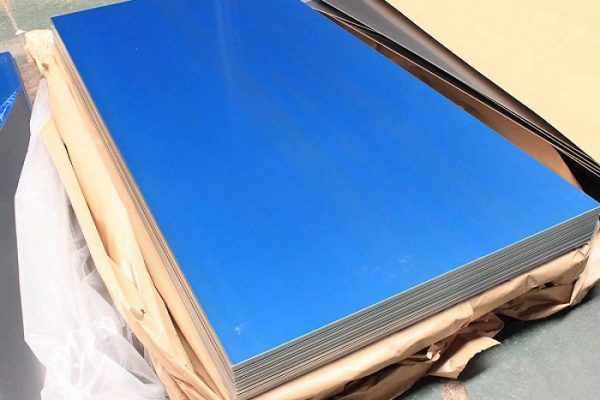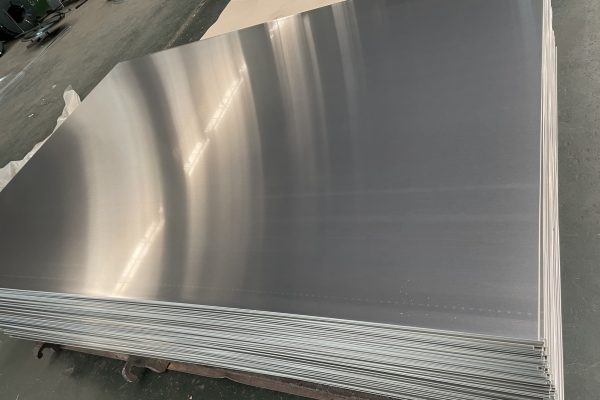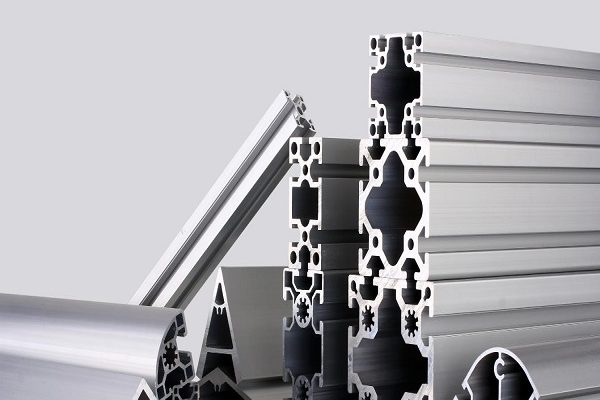อลูมิเนียม, โลหะน้ำหนักเบาและทนต่อการกัดกร่อน, has become an integral part of our modern lives. From aerospace engineering to packaging, การก่อสร้าง, and transportation, aluminum’s unique properties make it a preferred choice across various industries. This article explores the versatility, sustainability, and numerous applications of aluminum.
Properties and Production
Aluminum is a silvery-white, ductile metal known for its low density and excellent thermal and electrical conductivity. Its remarkable strength-to-weight ratio makes it ideal for applications where weight reduction is crucial, such as aircraft and automotive manufacturing.
The primary source of aluminum is bauxite, a mineral rich in aluminum oxide. The extraction process involves refining bauxite into alumina, which is then electrolyzed to obtain pure aluminum. This process requires significant energy, but aluminum’s recyclability compensates for its initial production costs.
การประยุกต์ใช้งาน
1. การขนส่ง: Aluminum’s lightweight nature makes it an essential material in the transportation industry. In automobiles, its use reduces fuel consumption and emissions, while increasing overall efficiency. นอกจากนี้, aluminum is used in the construction of aircraft, รถไฟ, and ships, contributing to enhanced performance and fuel economy.
2. บรรจุภัณฑ์: Aluminum foil is widely used for food packaging due to its excellent barrier properties against moisture, light, and oxygen. It helps extend the shelf life of perishable goods and maintains their quality.
3. การก่อสร้าง: Aluminum’s strength, ความทนทาน, and resistance to corrosion make it an ideal material for construction purposes. It is commonly used in window frames, หลังคา, หุ้ม, and structural components. นอกจากนี้, aluminum’s malleability allows for intricate designs and architectural flexibility.
4. Electrical and Electronics: Aluminum’s high conductivity and low weight make it an excellent choice for electrical transmission lines. It is also used in electronic devices, such as smartphones and laptops, due to its ability to dissipate heat effectively.
The aluminum alloys we usually refer to are generally aluminum-magnesium-silicon alloys, นั่นคือ, 6-ชุดอลูมิเนียมอัลลอยด์. This type of aluminum alloy profile has a certain hardness, can meet the general load-bearing requirements, and has strong corrosion resistance, and has the widest application range. But aluminum alloys are by no means limited to this category. According to the different components of aluminum alloys in the world, aluminum alloys are classified, นั่นคือ, they are divided into different grades.
6 ซีรีส์อลูมิเนียมอัลลอยด์, the most widely used อลูมิเนียม โลหะผสม. Magnesium and silicon are the main alloying elements. It has medium strength, ความต้านทานการกัดกร่อนที่ดี, good welding performance, easy extrusion and oxidation coloring. ดังนั้น, most of the aluminum alloy profiles are 6 ชุดอลูมิเนียมอัลลอยด์. มี 6008, 6011, 6012, 6015, 6053, 6060, 6061, 6063, 6066, 6070, 6082, 6101, 6103, 6105, 6110, 6111, 6151, 6162, 6181, 6205, 6253, 6261, 6262, 6351, 6463 , 6763, 6863, 6951·




